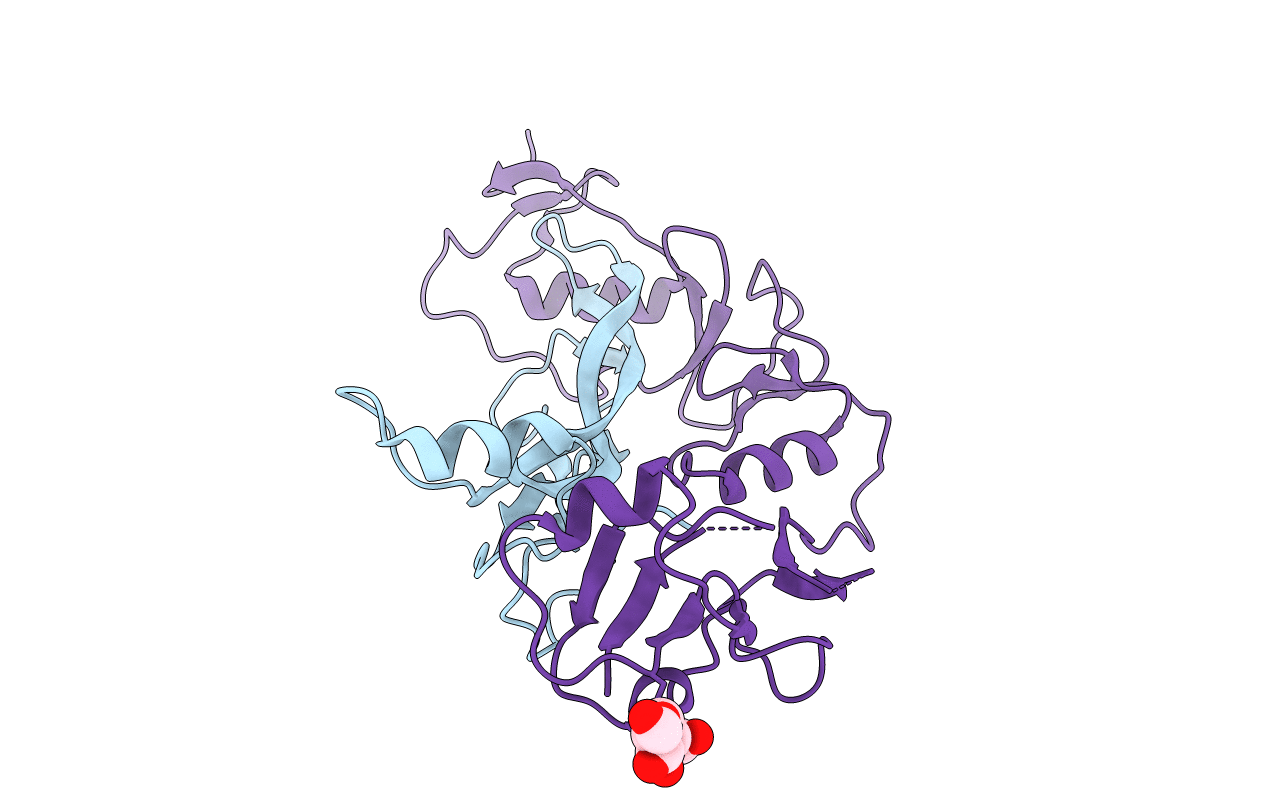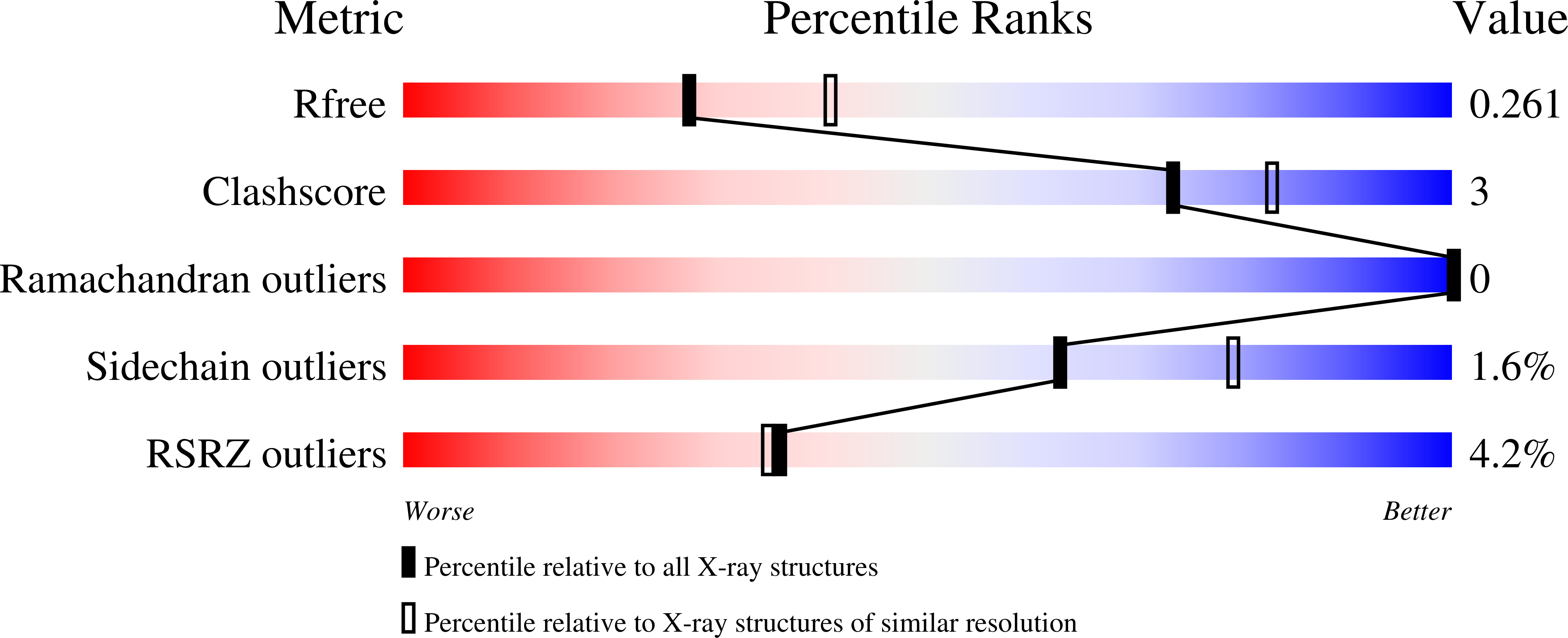
Deposition Date
2011-06-10
Release Date
2011-11-02
Last Version Date
2024-11-27
Entry Detail
PDB ID:
3SEK
Keywords:
Title:
Crystal Structure of the Myostatin:Follistatin-like 3 Complex
Biological Source:
Source Organism:
Mus musculus (Taxon ID: 10090)
Homo sapiens (Taxon ID: 9606)
Homo sapiens (Taxon ID: 9606)
Host Organism:
Method Details:
Experimental Method:
Resolution:
2.40 Å
R-Value Free:
0.27
R-Value Work:
0.24
R-Value Observed:
0.24
Space Group:
P 61 2 2


